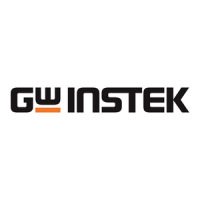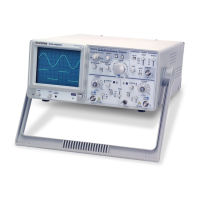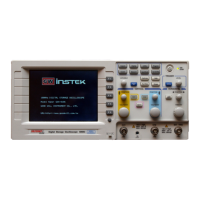When using the PEL-3000(H) load generator,
voltage drop and voltage generated due to load
line inductance and current change must be taken
into account. Extreme changes in voltage may
exceed the minimum or maximum voltage limits.
Exceeding the maximum voltage limit may
damage the PEL-3000(H).
To determine the voltage generated, the following
equation can be used.
E = L x (∆ I / ∆ T)
E= voltage generated
L=load line inductance
∆ I= change of current (A)
∆ T= time (us)
Load line inductance (L) can be approximated as
1uH per 1 meter of wire. (∆ I / ∆ T) is the slew rate

